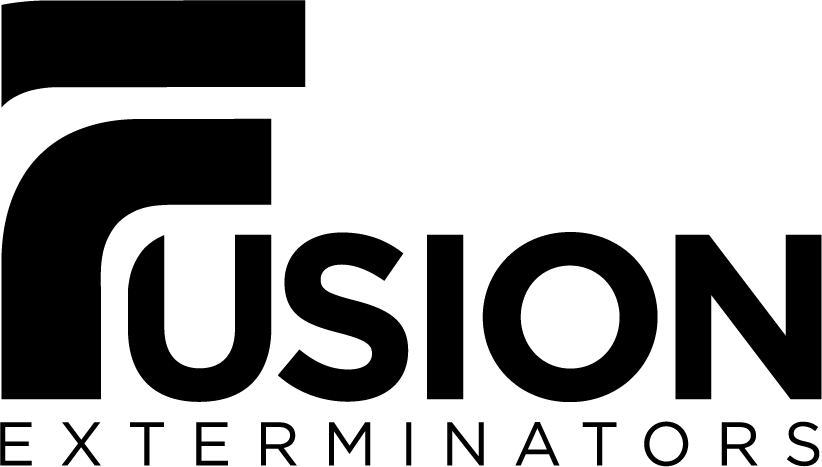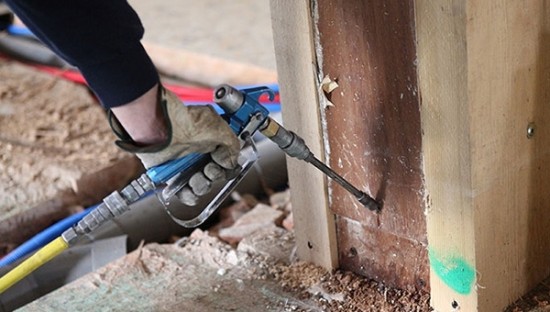Localized treatment, involves several different techniques, each highly effective for their use. Drill-and-treat, This method involves drilling holes in the wooden member that are known to contain termites. The holes will ideally penetrate the galleries (tunnels) inside the wood and allow passage of the chemical throughout the galleries (tunnels), thus killing the infestation. The drawback to this method is that if you cannot locate the exact wooden member or access it, you cannot treat it. The wooden member must be able to accept the chemical before treatment can be successful. All local treatments are under warranty for one year for the areas treated only.
Alternative Treatments, This method is used best with exposed wooden members or inside wall voids. The chemical used for this method is quite innovative. Timbor, is made with boron salts that are harmless to humans plants and pets. No move-outs required! The drawback to this method is similar to that of drill- and- treat. If you cannot access the wooden member that need to be treated, the treatment may prove unsuccessful. However, knowing the exact member is not always required as in drill and treat (e.g.- an entire attic or garage can be treated effectively treating all members regardless of which member the infestation exists in.) Not only will this kill any existing termite infestations, but it will help prevent them as well. In addition to its great termiticide properties it is a highly effective contact fungicide. Due to all these great properties, this method is quite popular and effective for pre-treatments for homes that are in the framing stage.


